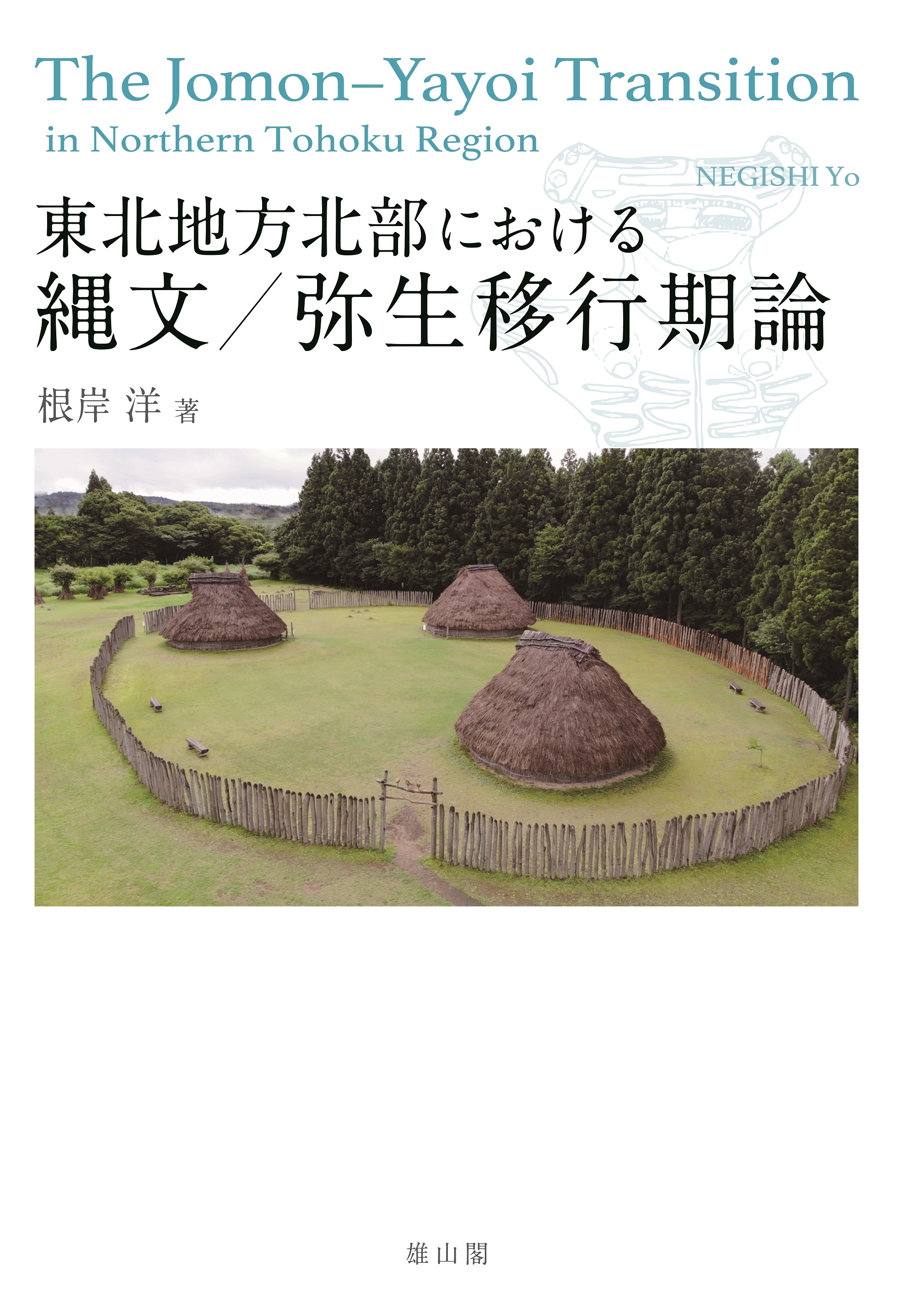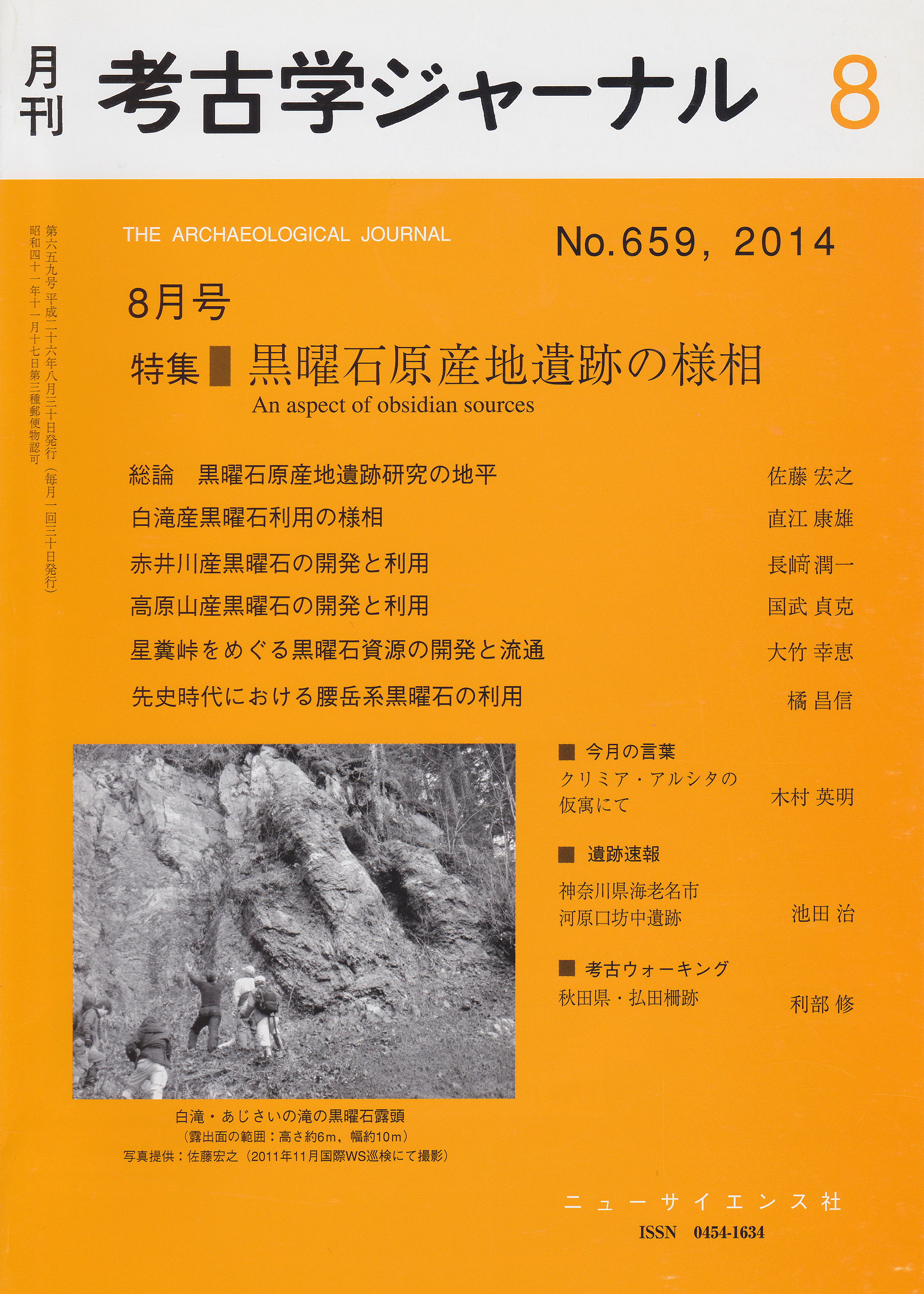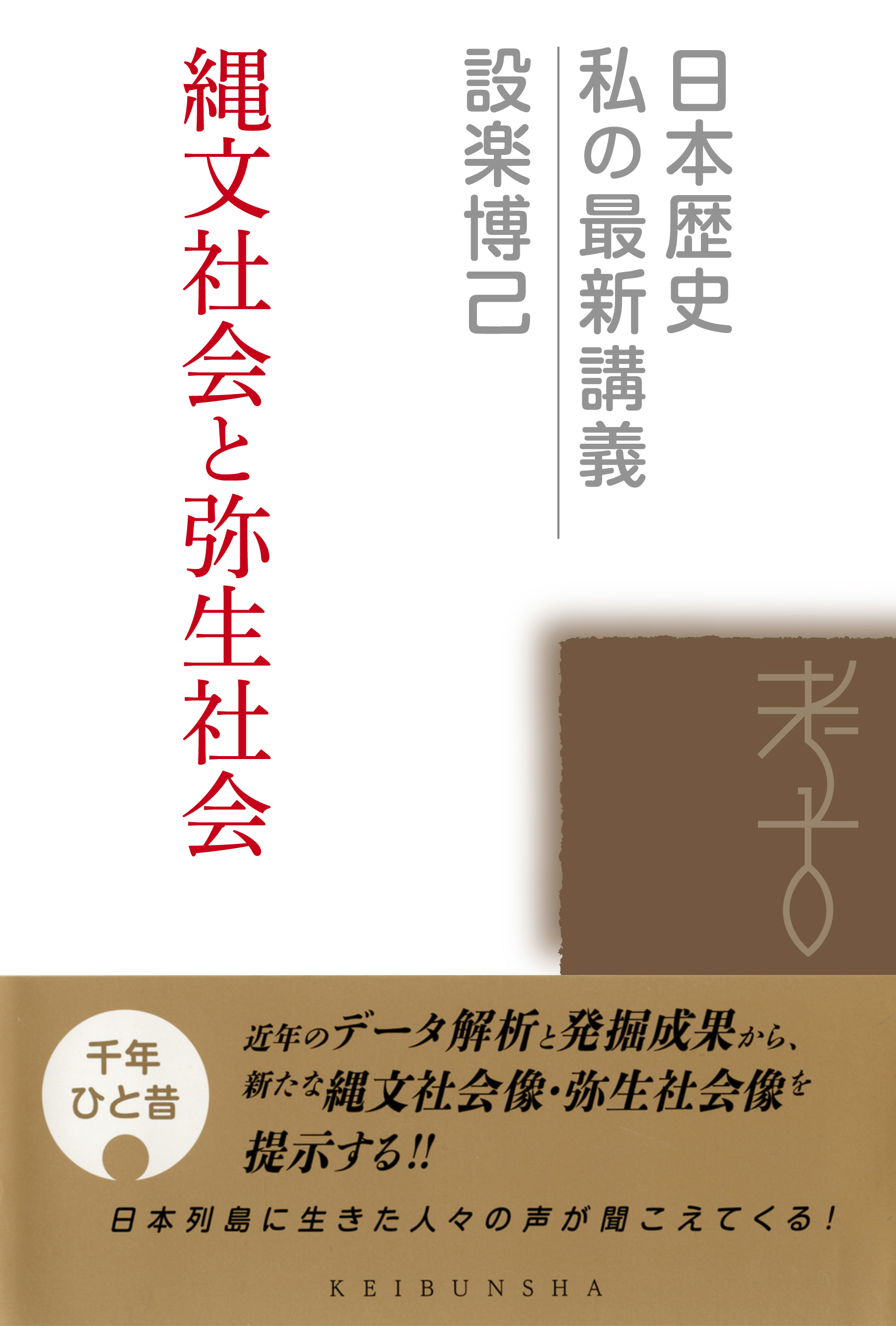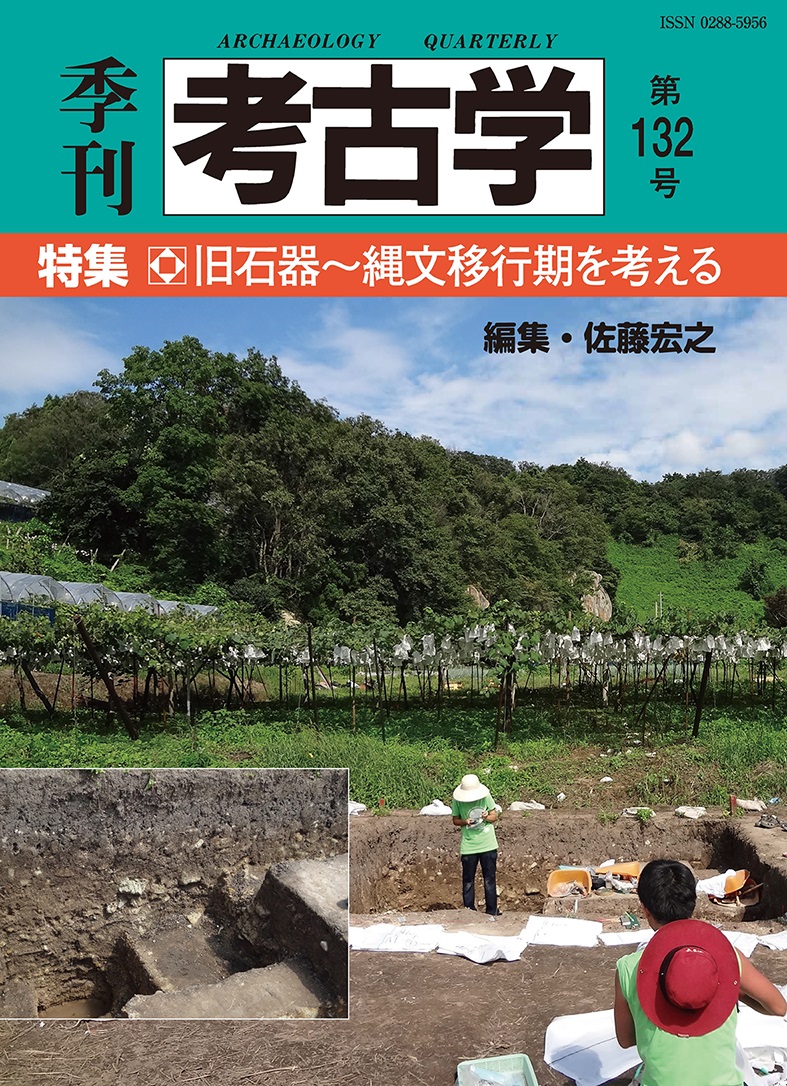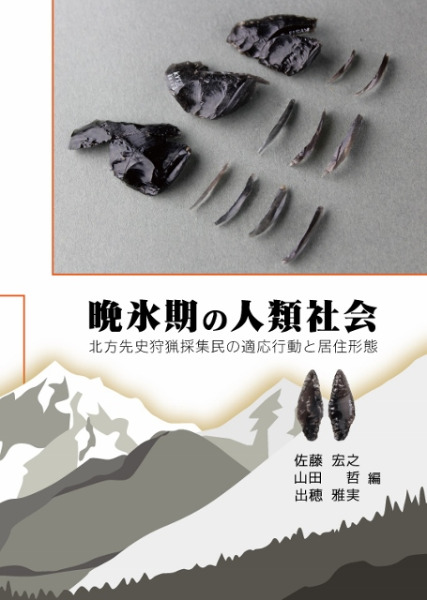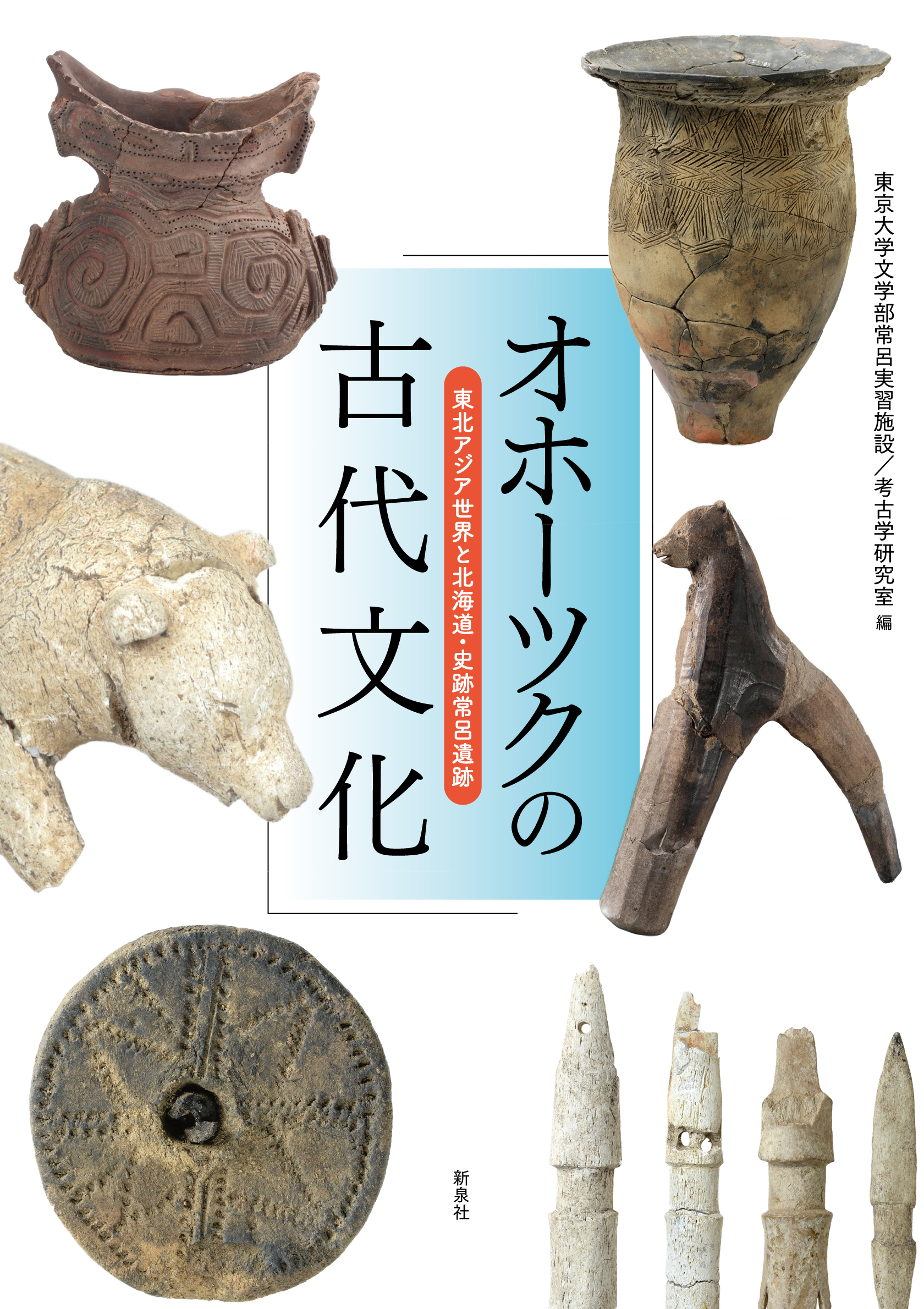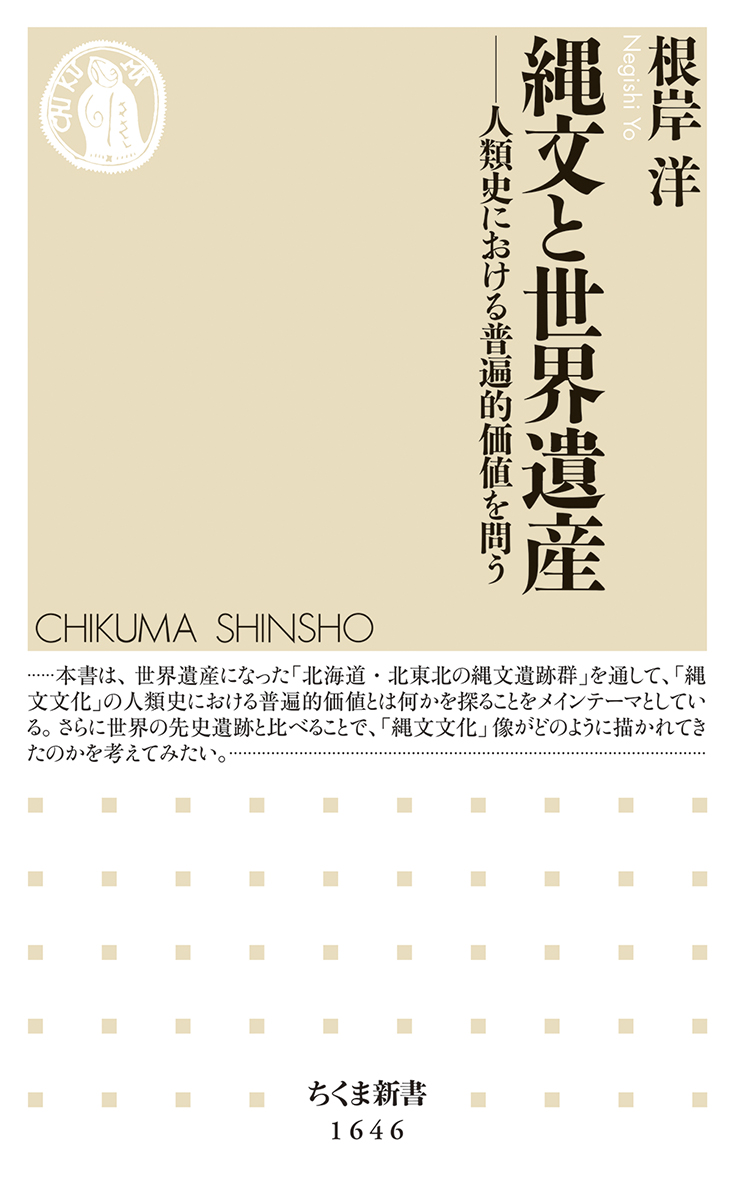
Title
CHIKUMA SHINSHO Jomon to Sekai-Isan (Jomon and World Heritage - Questioning Universal Values in Human History)
Size
256 pages, Paperback Pocket Edition
Language
Japanese
Released
April 05, 2022
ISBN
978-4-480-07472-0
Published by
Chikumashobo
Book Info
See Book Availability at Library
Japanese Page
In July 2021, it was officially announced that the Jomon Prehistoric Sites in Northern Japan were included on the World Heritage List. This book’s main theme is the search for a way to depict “Jomon culture” through the lens of UNESCO World Heritage sites. While the well-known Sannai-Maruyama Site in Aomori Prefecture belongs among such sites, a total of 17 national historic sites were inscribed on the World Heritage list under the label of “Jomon”. This book attempts to examine why these particular sites were chosen as World Heritage sites. In addition, it also attempts to determine the historical significance of the concept of “Jomon culture.”
Chapter 1 considers the formative history of the concept of “Jomon culture.” In general, “Jomon” has been understood as a homogenous prehistoric culture that spread throughout the Japanese archipelago. However, a review of the research conducted on “Jomon culture” reveals the process through which it became equated with so-called the “Jomon Pottery.” Archaeologists have previously understood it as an aggregation of archaeological “cultures.” As indicated by the various types of pottery in existence during this period, the term “Jomon culture” signifies a multi-layered quality in addition to regional diversity.
Chapter 2 describes the characteristics that make the Jomon Prehistoric Sites in Northern Japan World Heritage sites. Up until the first half of the 1990s, the prehistoric sites selected as World Heritage sites included many that displayed a high degree of artistry, such as cave paintings and monuments. Even today, at a time when the total number of World Heritage sites has increased, the number of prehistoric sites on the list remains low. Among these sites, almost none were found buried underground. Thus, the Jomon Prehistoric Sites in Northern Japan are extremely rare examples of prehistoric sites left behind by hunter-gatherers that satisfy the two aforementioned conditions.
Chapter 3 highlights the characteristics of the Jomon site group through comparison with other World Heritage sites. Similar sites in West Asia, Europe, and North and South America were chosen, and their historical periods and characteristics were compared to those of the Jomon site group. The results indicate that the Jomon site group can be distinguished from the others by the fact that the other hunter-gatherer World Heritage sites are all monumental buildings. It was also found that many World Heritage sites were inscribed on the list as representatives of a single archaeological “culture.” The scope of these “cultures” is limited and does not necessarily represent broader archaeological concepts such as “the Neolithic.” Notably, no other prehistoric sites were recommended for inclusion as World Heritage sites that represent such a broad concept.
Chapter 4 discusses the universal value of the Jomon Prehistoric Sites in Northern Japan. Although the “Jomon culture” was initially compared to the Neolithic cultures of West Asia and Europe, it does not conform to the classical definition of the Neolithic, such as agriculture and animal husbandry. Moreover, it is known that the hunter-gatherer lifestyle continued in many regions of the world even after the advent of the Neolithic and that the Japanese archipelago is one of these locations. On the other hand, “Jomon culture” is too broad a concept to be called a single archaeological “culture,” as it exhibits both diversity and complexity. As one of the examples of “Jomon culture,” two points demonstrate the universal value of the Jomon Prehistoric Sites in Northern Japan. First, it demonstrates that there was cultural interaction over a long period of time across the Tsugaru Strait. Second, it demonstrates that agriculture did not become widespread until the final stage of the Jomon period.
(Written by NEGISHI Yo, Associate Professor, Graduate School of Humanities and Sociology / 2023)



 Find a book
Find a book


